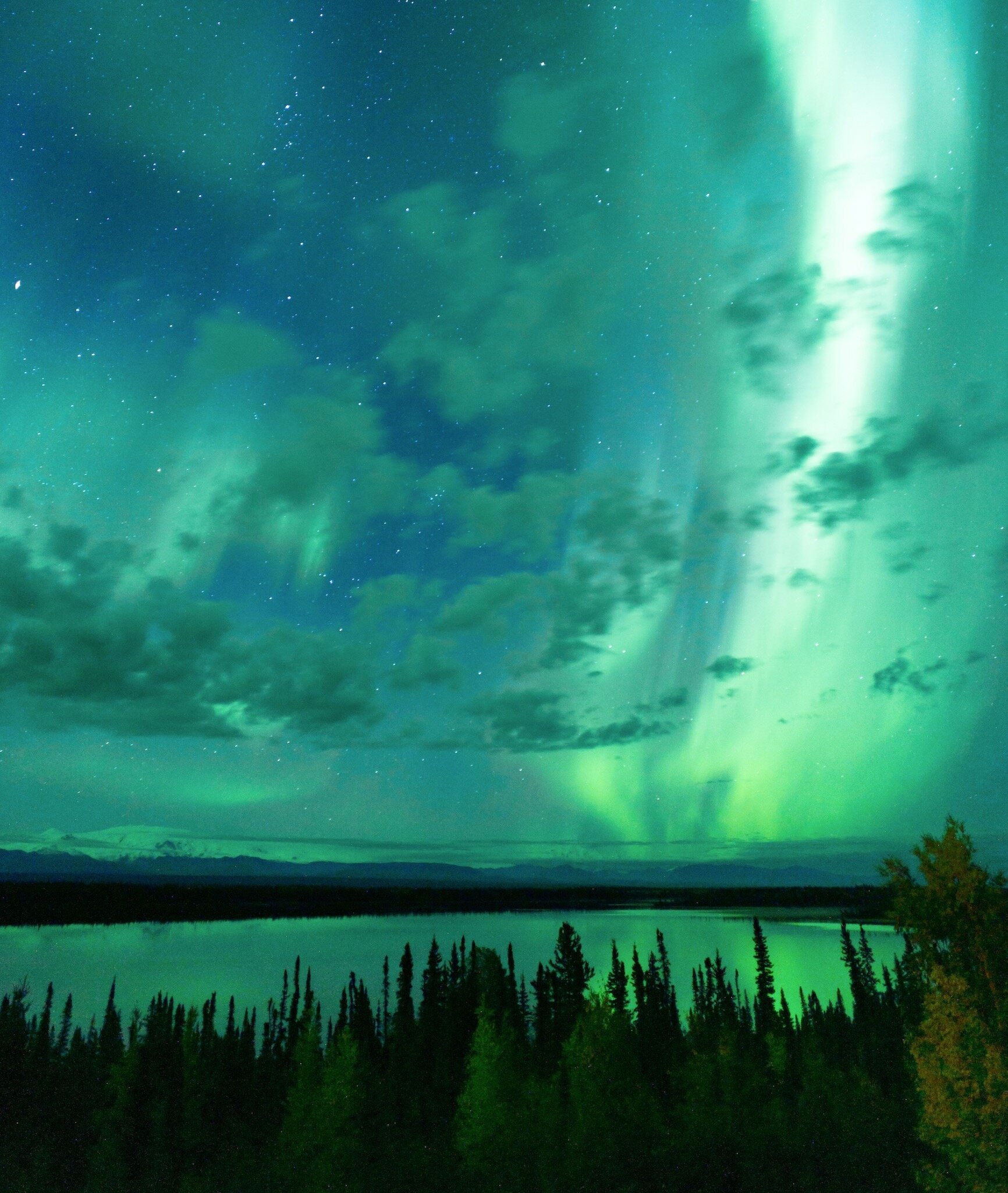A Depth Psychology Model of Immigration and Adaptation: The Migrant’s Journey (Routledge 2020)
The Migrant’s Journey brings current academic research into a 12-stage model of human migration. This depth-psychology model based on Joseph Campbell’s hero’s journey, addresses pre-migration reasons for leaving, ordeals of the journey and post-migration adaptation challenges. One-third of migrants return to homelands while those who remain in newlands face the triple challenges of building a new life, a new identity and sense of belonging. While arrivées carry homelands within, their children, the second generation, born and raised in the newland usually have access to parental and newland languages and cultures enabling them to make unique contributions to society. Vital to successful newland adaptation is the acceptance and support of immigrants by host countries. This book, e Migrant’s Journey is an important resource for academics and students in the social sciences, clinical psychologists, health care and social welfare workers, policy makers and immigrants themselves towards an understanding of the inner experiences of migration.
Is Gender Passe?
Trans Non-binary Self and Other
Presented at the International Association of Analytic Psychology (IAAP) University of Vienna Aug 28, 2019
Jung theorizes that men have an inner feminine soul or “Other,” the anima which inspires him creatively while her shadow-side produces moodiness. An analogous unconscious archetype is theorized for women, but it’s unclear if the animus or masculine inner “Other” is her soul as it has a collective rather than individualistic nature, and can prompt her to act like a man which is contrary to her nature. But what is the true nature of man and woman? It’s a difficult question. For millennia woman has been defined by men as “other,” and her “true nature” declared without reference to the social-cultural realities of her status, degrees of liberty, opportunity and power. Until very recently in the West, woman has been the property of men and/or a sexual and reproductive object. Her subordination and denial of rights—human, social and economic—have been justified by religions and ideologies that posit woman as a lesser being.
Jung’s ideas about women and the feminine are more enlightened than most of his era. His anima/animus model of psyche with its polarized gender concepts was published in 1917, more than a decade before Western women were named “persons under law,” and theoretically permitted education, employment, inheritance, land ownership, leadership, professions and parental rights. A major theoretical weakness of Jung’s work, Rowland argues, is confusion of the biological with the psychological that can lead to false consciousness and adaptation to the normative rather than individuation.
American and Canadian Cultural Complexes Compared” in Jung Journal: Culture & Psyche 2018 12(2)1-19
“Are we really different from Americans?” asked Canadian newspapers in 2017 amidst our 150th birthday celebrations and reflections. Awareness of the psychology of one’s country and an understanding of our political ‘Selves’ is an important part of our individuation as citizens,” says British Jungian, Andrew Samuels. This paper compares hypothesized spiritus loci or collective attitudes of the United States and Canada as expressed in our primary archetypes and cultural complexes. The comparison is important as it’s difficult to speak about Canada without reference to the United States, our older half-sibling and a world super-power.
https://www.tandfonline.com/eprint/iXMwJ6ve7uAKrYwJNChC/full
American and Canadian Cultural Complexes Compared” in Jung Journal: Culture & Psyche 2018 12(2)1-19
Emily Carr, often called Canada’s Van Gogh and an artistic genius by European curators, was a post-impressionist artist, explorer, cartoonist and writer. This first psychoanalytic portrait of a woman artist. draws on Jungian analytical psychology, feminism and social constructionism for insights into Carr’s life in the late Victorian era and early twentieth century. It counters early biographies by writers who lack psychological qualifications and have misrepresented Emily Carr’s personality and inner life.
https://www.amazon.ca/Artist-Emily-Carr-Spirit-Land/dp/1138830755




